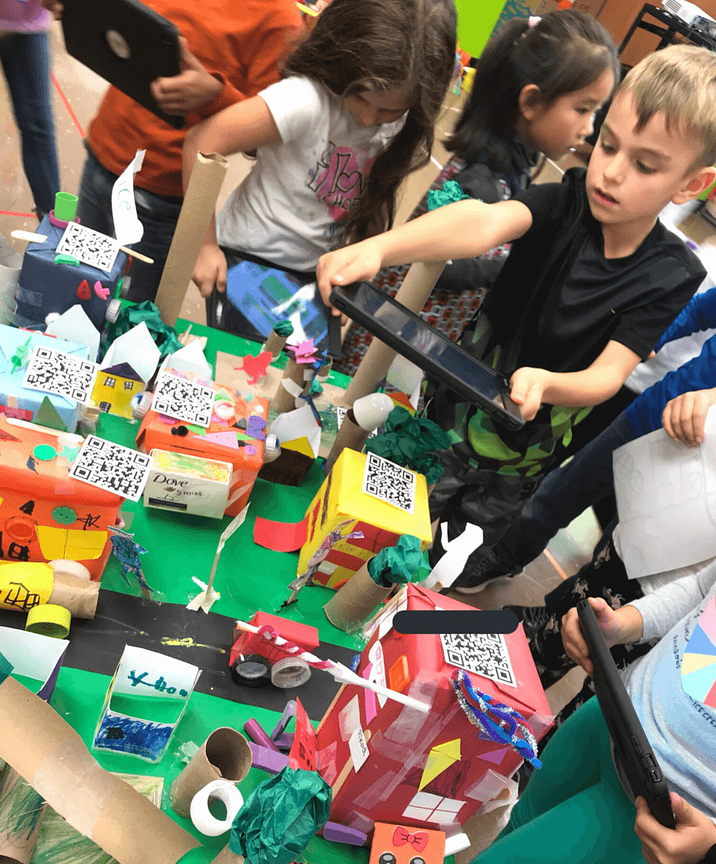South Fayette Township School District’s STEAM Studio model for computational thinking, creates a robust computer science, engineering, and design thinking pathway for each and every student. Our nationally recognized curriculum begins in kindergarten and scaffolds from grade to grade, building to building, continuing through high school.
South Fayette’s STEAM Studio embeds computational thinking into the curriculum, treating it as another discipline, just like history, math, English, and science. Students move from block-based coding in elementary school to writing text-based code in middle and high school. Teams of students program mobile apps using Arduino boards and Raspberry Pis, and solve problems posed by local businesses. They complete challenges using robotics, and are immersed in creative entrepreneurship as they move from ideation to 3D product prototype, learning to create products and services for social good.
To cultivate a culture of innovation at South Fayette and accommodate this transformational curriculum, the district created systems for embedding innovative learning experiences into the school day. Every school building has a dedicated maker space or prototype lab. Incubator programs enrich and deepen after-school connected learning experiences. New STEAM teacher positions and reimagined existing positions make curriculum implementation possible. And district leadership has focused on creating a profile of a graduate with the skills, knowledge, and dispositions necessary for students to be successful in the future of work in the changing global economy. Through this initiative, we have discovered joy in the creative spirit.
Through the support of the local foundations, research institutions, universities, and businesses, South Fayette is scaling this model to school districts in Pennsylvania and Kentucky to make this powerful curriculum accessible to more schools and students. Developing an education system that builds the capacities our children need to be innovative thought leaders became one of our core values, and lies at the heart of the transformation that has taken place in the district. Our hope is to share what we’ve learned to help other districts realize these capacities, and give as many students as possible the chance to experience a robust K-12 education in computational thinking.

